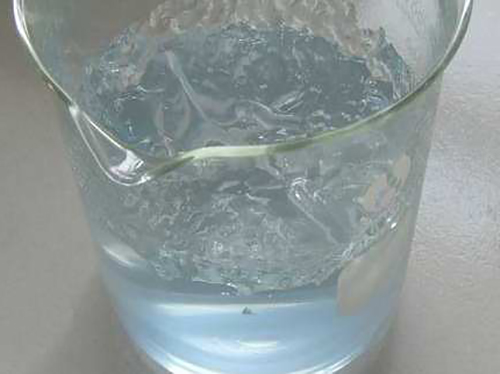Understanding the Process and Applications of Polyacrylamide Formation in Various Industries
The Formation of Polyacrylamide A Comprehensive Overview
Polyacrylamide is a synthetic polymer derived from acrylamide monomers, widely utilized across various industries due to its unique properties, such as high water solubility, excellent gel-forming abilities, and versatility. The formation of polyacrylamide involves several critical steps, including polymerization, crosslinking, and subsequent modifications that tailor its functionality for specific applications.
Understanding Polymerization
The primary method for creating polyacrylamide is through free radical polymerization. In this process, an initiator is introduced to the acrylamide monomer solution, generating free radicals that initiate the polymerization reaction. The monomers then react with each other, forming long chains through a series of addition reactions. Another widely used method includes solution polymerization, where the acrylamide is dissolved in water, facilitating a controlled reaction environment.
During polymerization, various parameters such as temperature, pH, and monomer concentration play vital roles in determining the characteristics of the resulting polyacrylamide. A higher monomer concentration often leads to a higher molecular weight polymer, which influences properties such as viscosity and water retention. Furthermore, the choice of initiator can significantly impact the polymerization rate and the degree of branching in the final product.
Crosslinking for Enhanced Properties
Polyacrylamide can be produced as a linear polymer or as a crosslinked gel, depending on the intended application. Crosslinking introduces bridges between polymer chains, which enhances the structural integrity and mechanical strength of the polymer. Common crosslinking agents include N,N'-methylenebisacrylamide (MBA) and other bifunctional compounds that can react with acrylamide to form three-dimensional networks.
The degree of crosslinking dictates the physical state of the final product—either a soft gel, suitable for biomedical applications, or a firm hydrogel used in agricultural settings. The ability to manipulate crosslinking offers significant advantages in customizing the polymer’s properties for specific uses.
polyacrylamide formation

Modifications and Functionalization
After its formation, polyacrylamide can undergo various modifications to enhance its functionality. For example, incorporating ionic groups can turn polyacrylamide into a polyelectrolyte, allowing it to interact favorably with ions and enhancing its applications in wastewater treatment and soil conditioning. Additionally, introducing hydrophilic or hydrophobic groups can improve the polymer’s solubility, stability, and adsorption capabilities.
The incorporation of additives, such as dyes or nanoparticles, can further augment polyacrylamide's properties, enabling it to serve in diverse applications—from biomedicine to environmental engineering.
Applications of Polyacrylamide
Polyacrylamide's versatility has led to its widespread use in various fields. In agriculture, it is employed to improve soil structure and moisture retention, enhancing crop yields. The polymer's ability to form gels makes it suitable for water treatment processes by acting as a flocculant that aggregates particles for easier removal.
In the medical field, polyacrylamide gel is used in drug delivery systems and tissue engineering due to its biocompatibility and adjustable mechanical properties. Moreover, it plays a role in analytical chemistry as a medium for gel electrophoresis, separating biomolecules based on their size and charge.
Conclusion
The formation of polyacrylamide through polymerization and crosslinking is a fascinating process that leads to a highly versatile and functional material. By understanding the chemistry behind its synthesis and the potential for modification, industries can fully harness the capabilities of polyacrylamide, making it an essential polymer in contemporary applications spanning agriculture, medicine, and environmental science. As research continues to evolve, the potential for new innovations based on polyacrylamide remains expansive, promising further advancements in diverse fields.
-
Water Treatment with Flocculant Water TreatmentNewsJun.12,2025
-
Polymaleic AnhydrideNewsJun.12,2025
-
Polyaspartic AcidNewsJun.12,2025
-
Enhance Industrial Processes with IsothiazolinonesNewsJun.12,2025
-
Enhance Industrial Processes with PBTCA SolutionsNewsJun.12,2025
-
Dodecyldimethylbenzylammonium Chloride SolutionsNewsJun.12,2025





